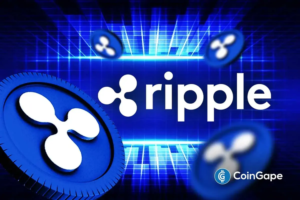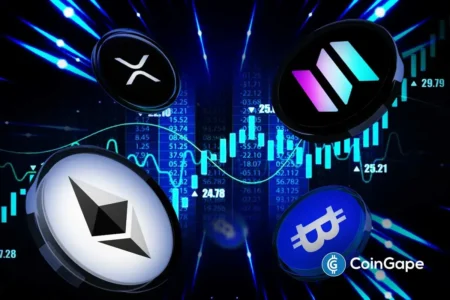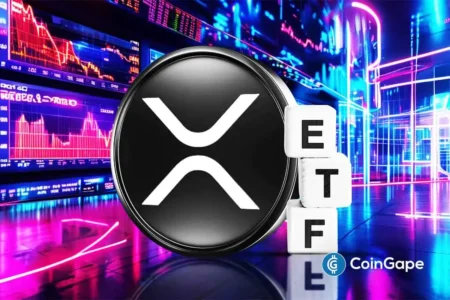Ripple and Securitize Partner to Enhance Access to Ripple USD for Tokenized Fund Holders
Ripple has announced a significant collaboration with Securitize to introduce Ripple USD (RLUSD) to two prominent tokenized funds managed by BlackRock and VanEck. This integration allows investors who hold shares in BlackRock’s BUIDL fund and VanEck’s VBILL fund to instantly redeem their shares for RLUSD, granting them immediate access to fiat currency whenever they desire. By bridging the gap between traditional finance and digital assets, this development marks an important step in the growth of tokenized finance.
Immediate Access to Fiat Through RLUSD Integration
According to a recent blog post from Ripple, this partnership represents RLUSD’s inaugural addition to Securitize’s tokenization platform. Holders of tokenized shares in BUIDL and VBILL can convert their holdings into RLUSD at their convenience. This newfound flexibility also brings the benefits of real-time settlements, eliminating the lengthy waiting periods associated with traditional redemption processes. Ripple has confirmed that support for the BUIDL fund is already operational, with VBILL set to follow soon.
Strengthening Traditional Finance with Digital Assets
BUIDL, BlackRock’s USD Institutional Digital Liquidity Fund, and VBILL, VanEck’s Treasury Fund, are both tokenized short-term treasury funds that are pioneering the use of public blockchains by major asset managers. This move significantly strengthens the connection between traditional finance and digital assets, offering institutions a reliable way to convert fund shares into RLUSD stablecoins. This integration is part of Ripple’s broader strategy focusing on the opportunities presented by tokenization and the stablecoins outlined in the XRP Ledger (XRPL) DeFi roadmap.
A Strategic Move Towards Real-Time Settlements
Matthew Sigel, the Head of Digital Assets Research at VanEck, has emphasized the expansion of VBILL, which currently manages $74 million in assets. He has noted the fund’s development to enable investors to mint and redeem RLUSD on the Ethereum blockchain, with plans to extend support to other blockchain networks like Solana, Avalanche, and BNB in the future. This initiative caters to the increasing demands of institutional investors for seamless and efficient digital asset transactions.
Ripple and Securitize: A Breakthrough in Tokenized Finance
Executives from Ripple and Securitize have hailed the RLUSD integration as a groundbreaking advancement in the realm of institutional tokenized finance. Jack McDonald, Senior VP of Stablecoins at Ripple, highlighted that this integration is a natural evolution for RLUSD, designed specifically for large corporations seeking value consistency and full regulatory compliance. He noted that partnerships with firms like Securitize will bolster the token’s liquidity and broaden its enterprise applications. Meanwhile, Carlos Domingo, CEO of Securitize, echoed these sentiments, emphasizing the integration’s potential for real-time settlements and programmable liquidity across compliant investment vehicles.
The Regulatory Backbone of RLUSD
RLUSD is managed with a focus on regulatory adherence, being backed one-to-one with liquid U.S. dollar assets and subject to regular audits by independent external firms. Issued by a charter from the New York Department of Financial Services Trust Company, it enjoys a well-regulated status that provides added security for institutional investors. Since its launch in late 2024, RLUSD has seen steady adoption within the crypto ecosystem and is currently utilized by various decentralized finance platforms.
In addition to being integrated into Ripple’s cross-border payment solutions, RLUSD has achieved a market capitalization exceeding $700 million. Ripple continues to enhance its offerings, partnering with notable firms, including DBS and Franklin Templeton, to bolster trading and lending backed by RLUSD. With the ongoing integration into tokenized fund markets, Ripple aims to expand RLUSD’s reach while accelerating blockchain adoption among financial institutions around the globe. This strategic focus symbolizes a significant shift in how traditional investments can leverage digital currencies for improved liquidity and operational efficiency.

















